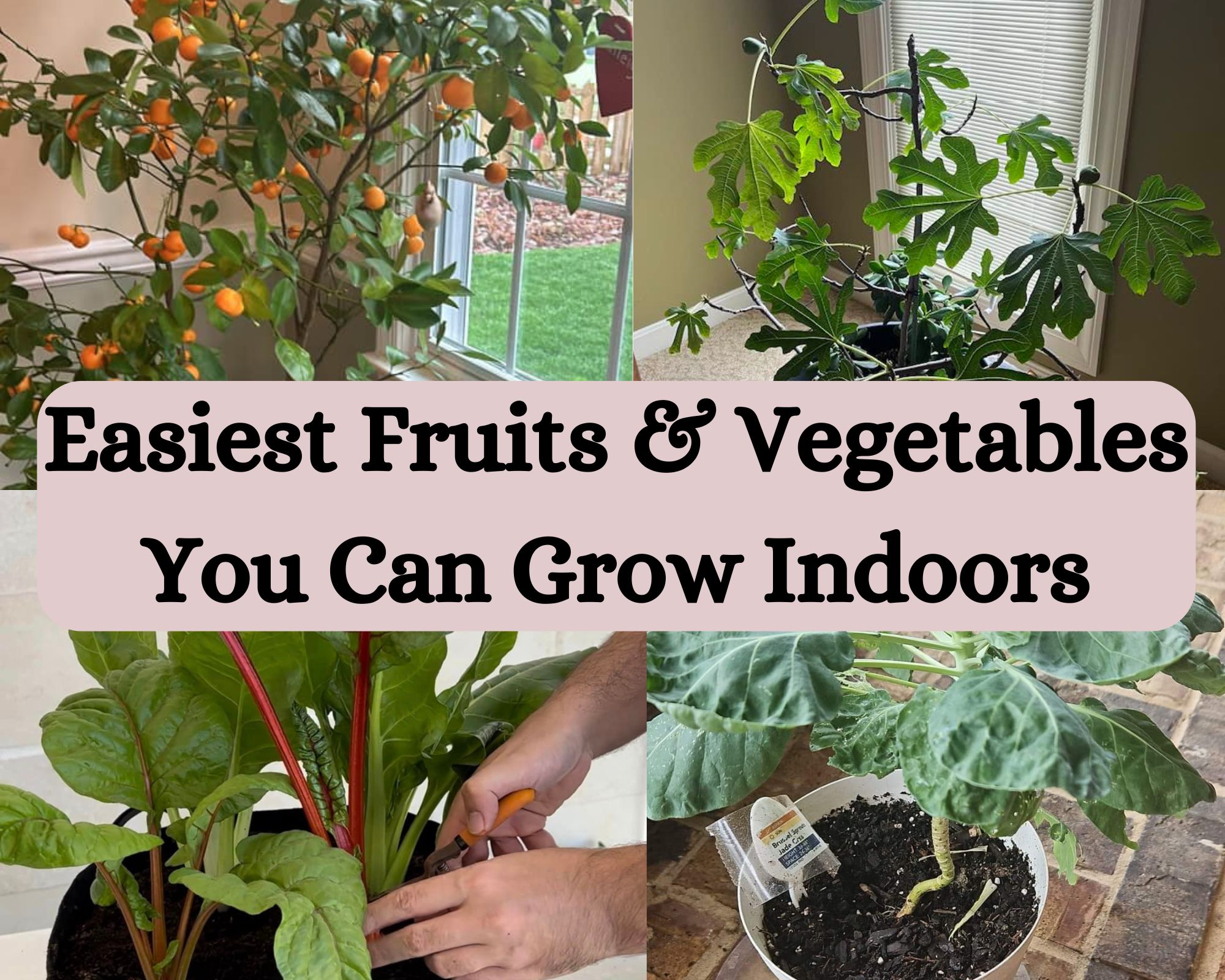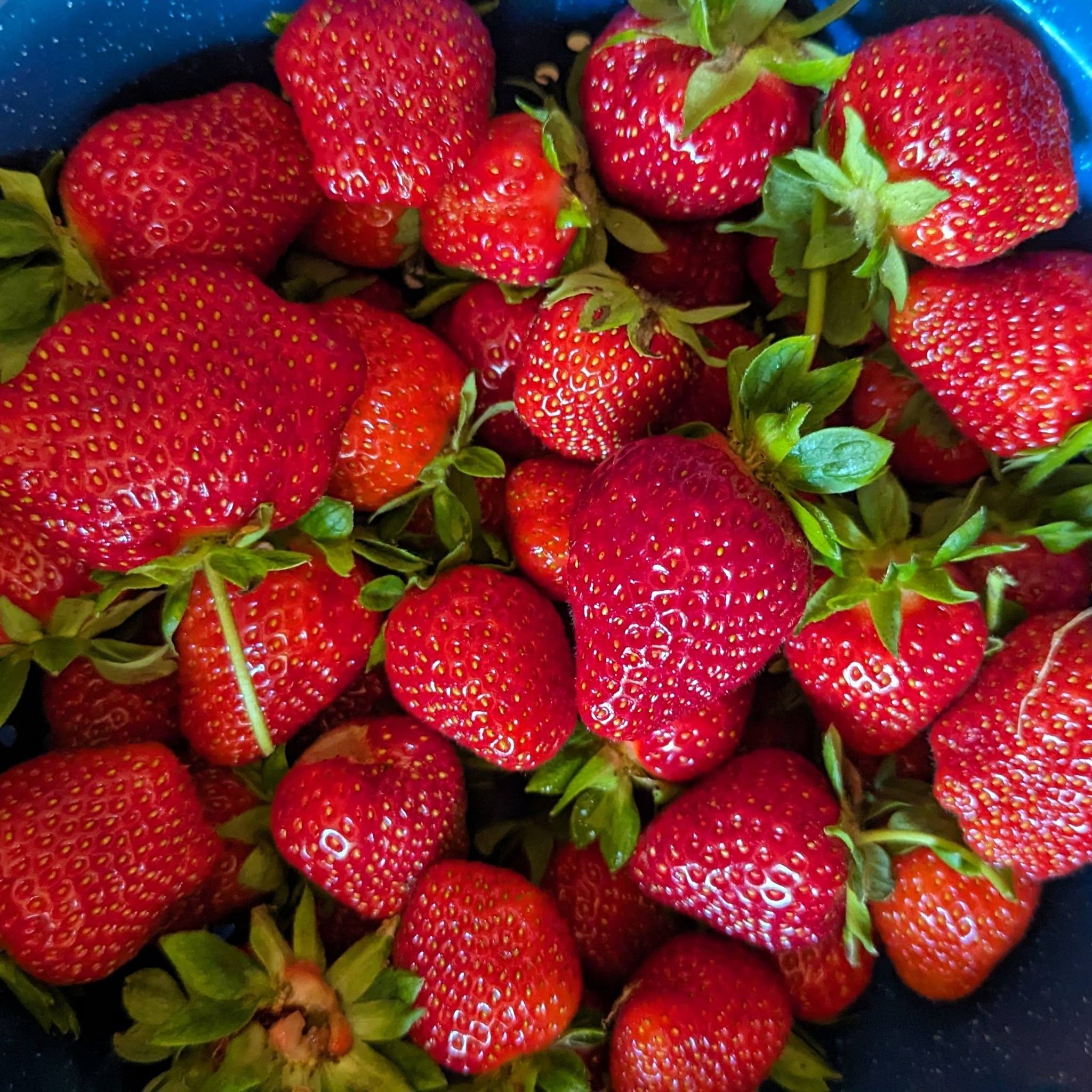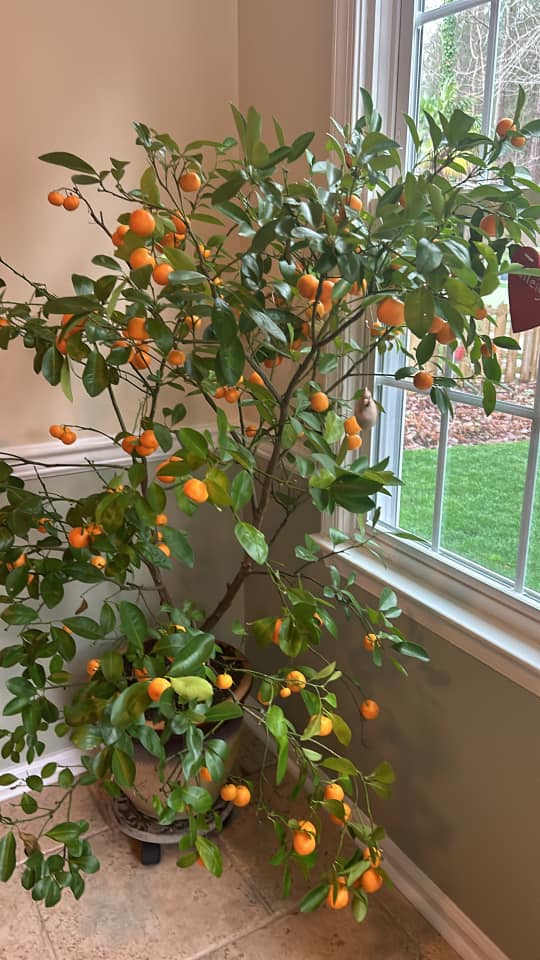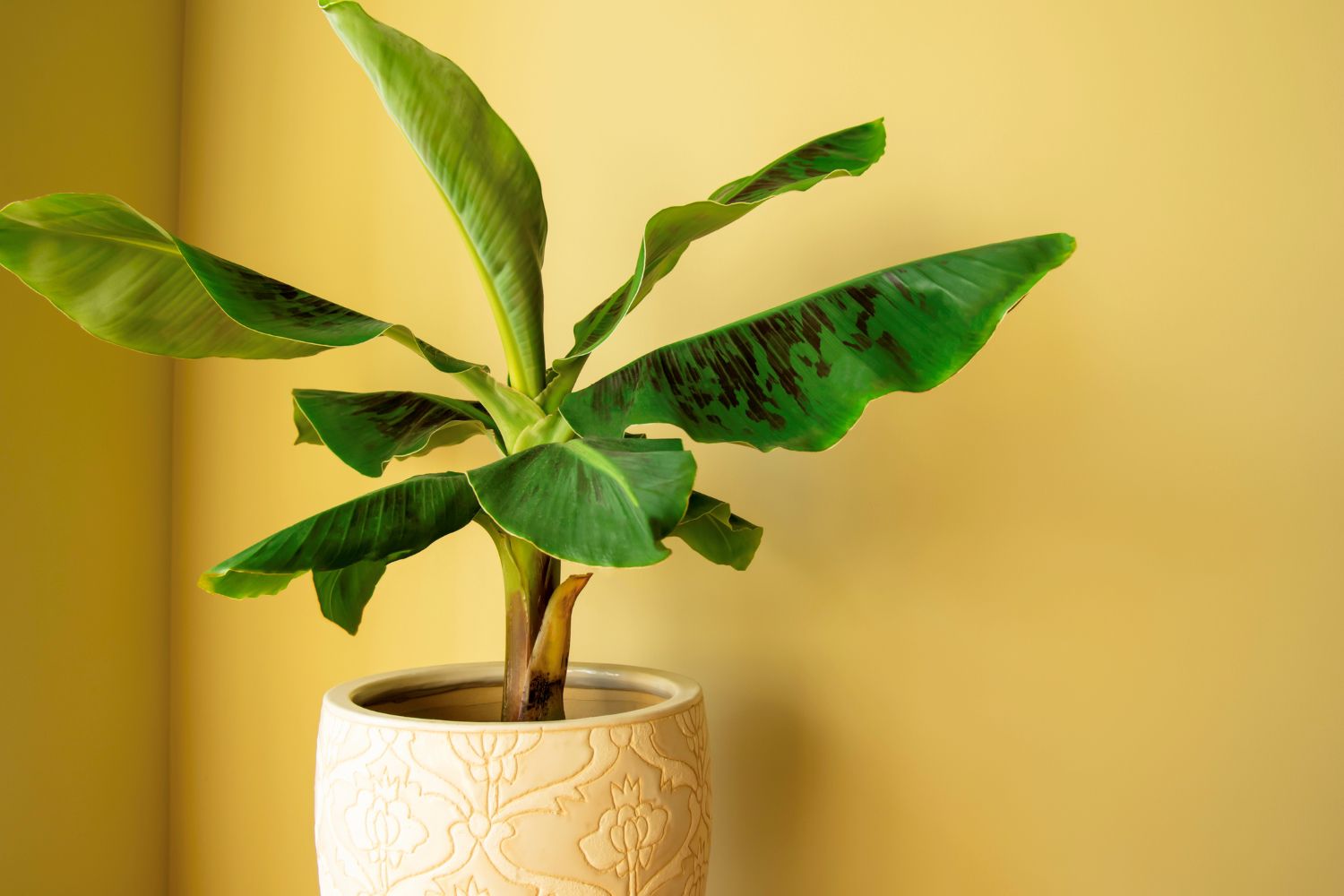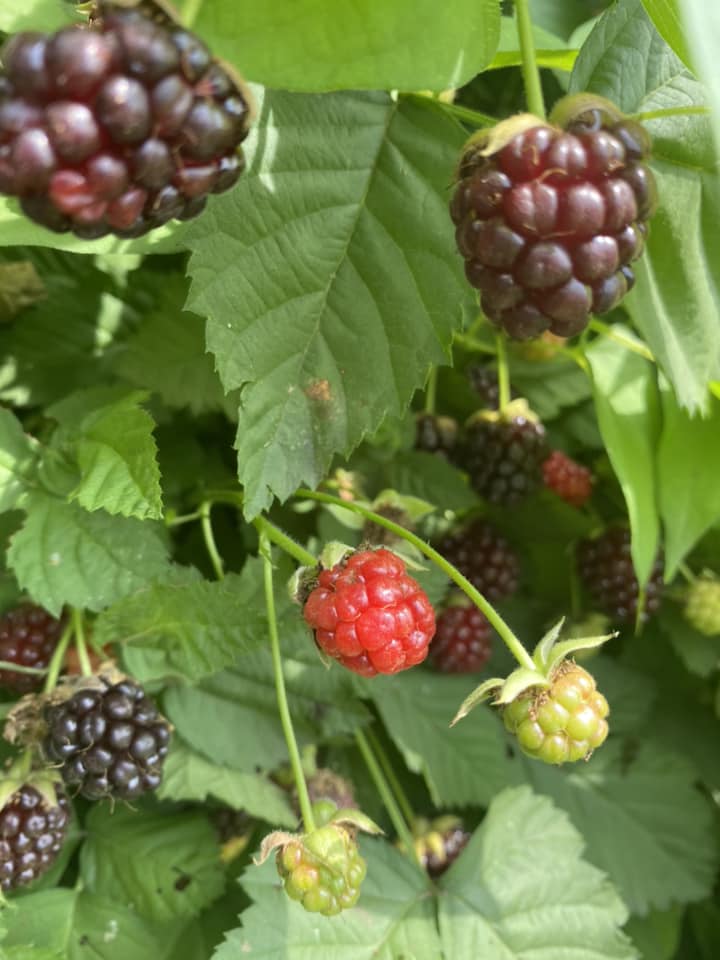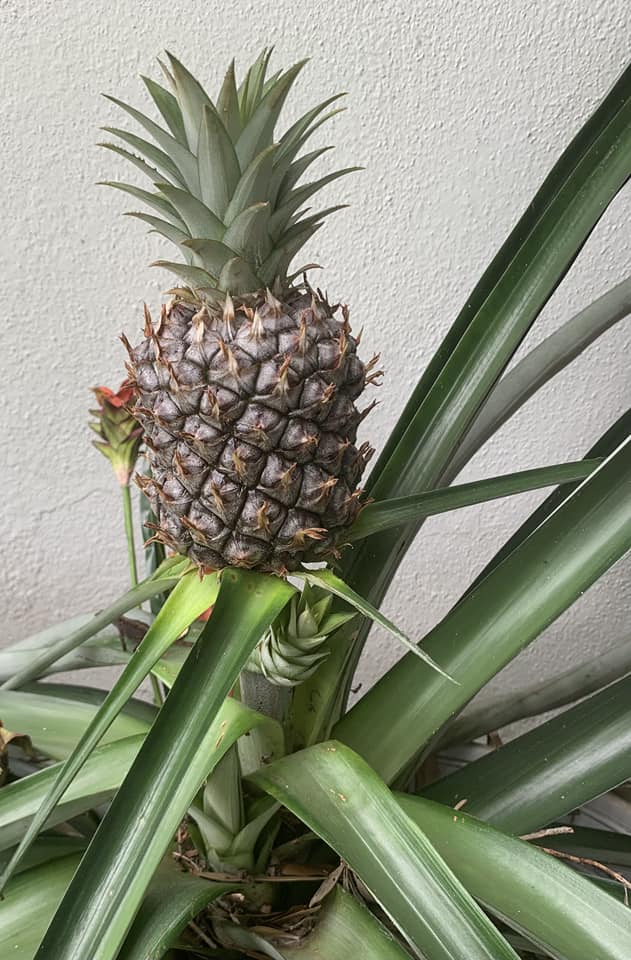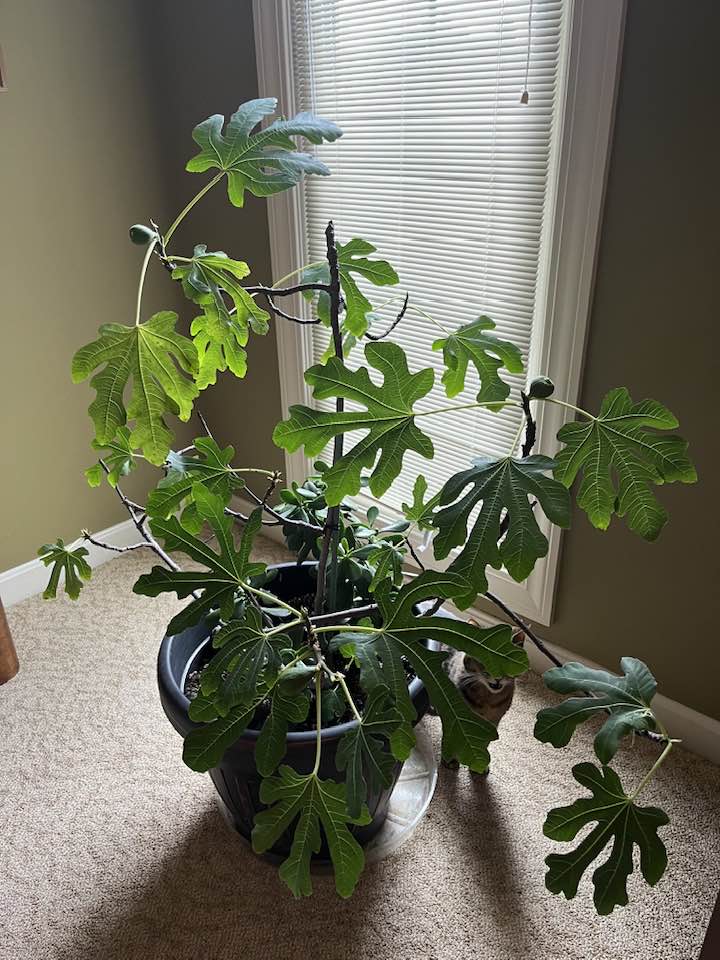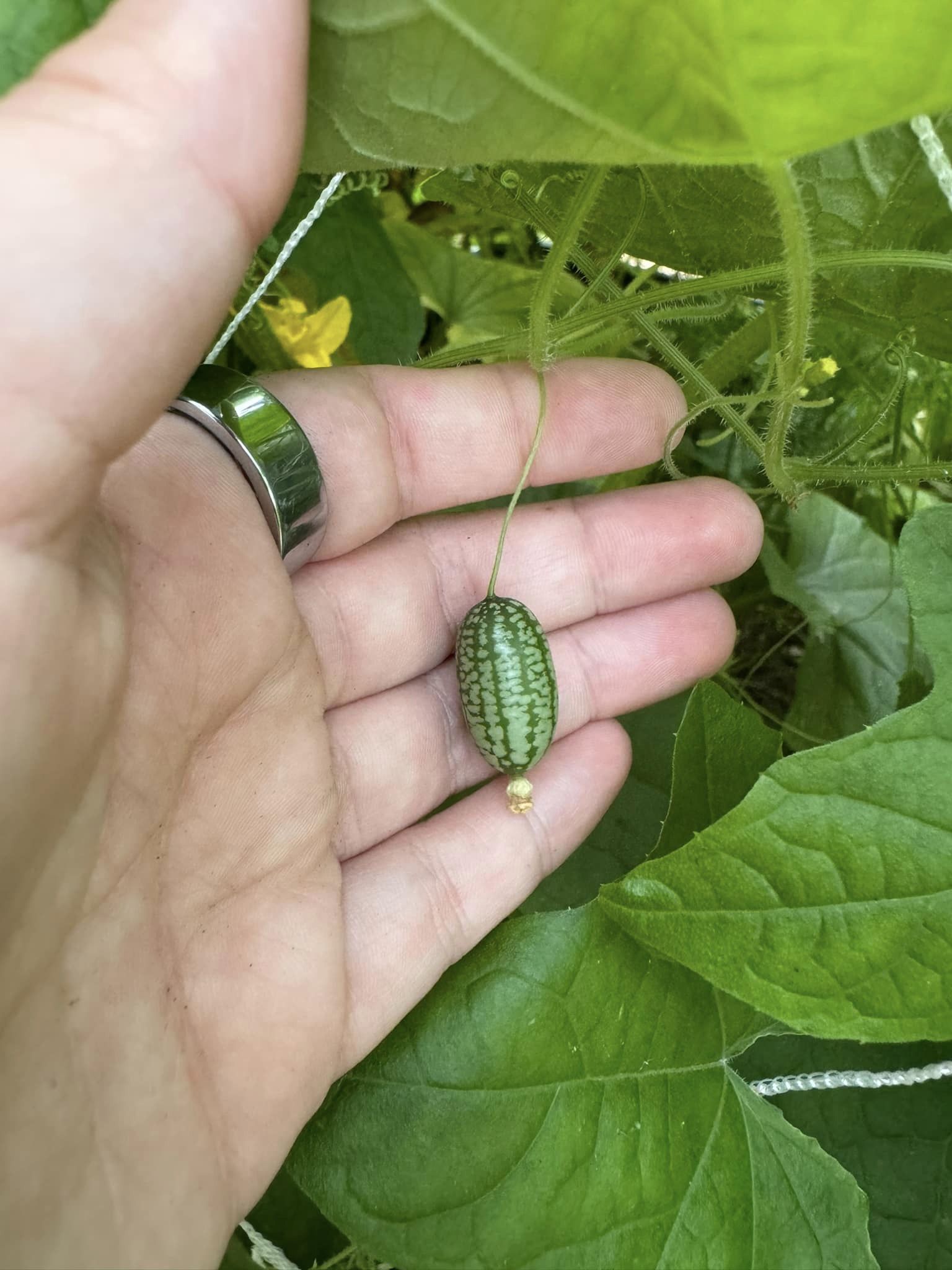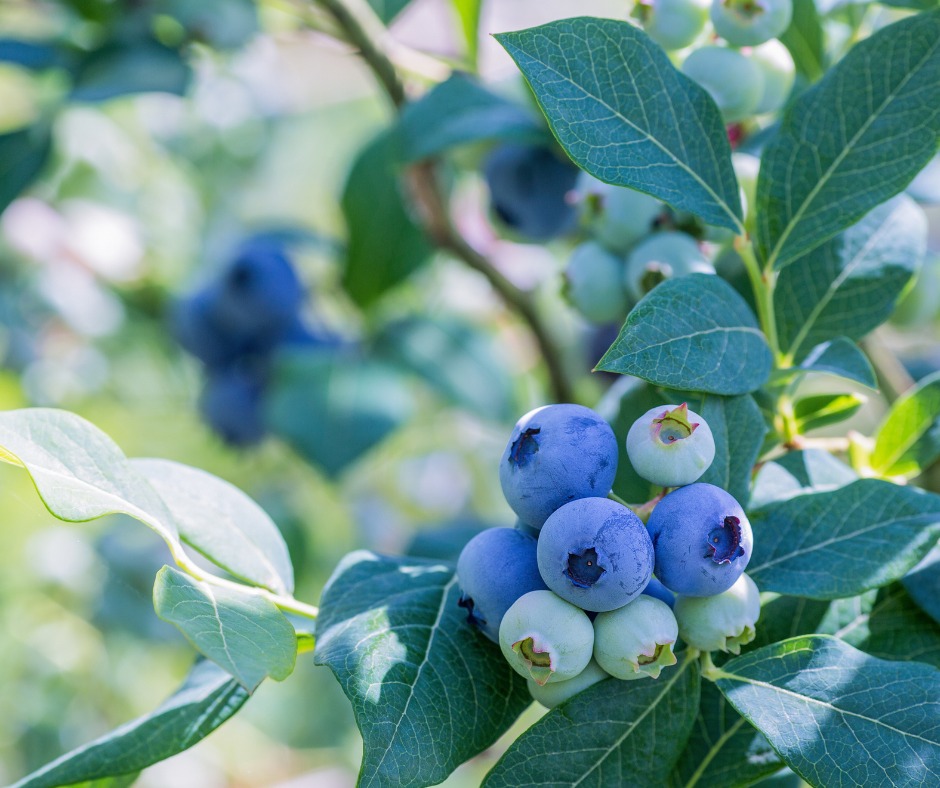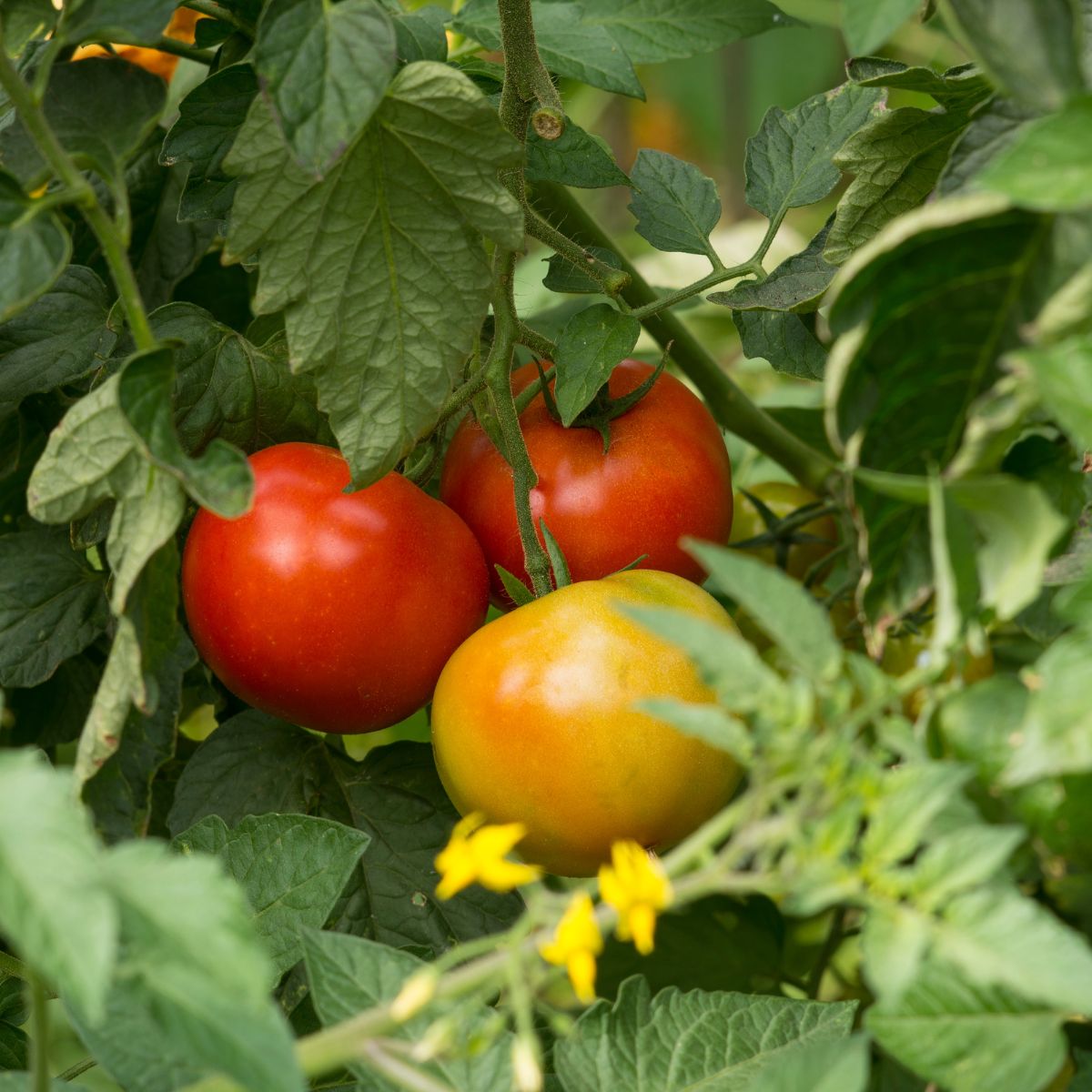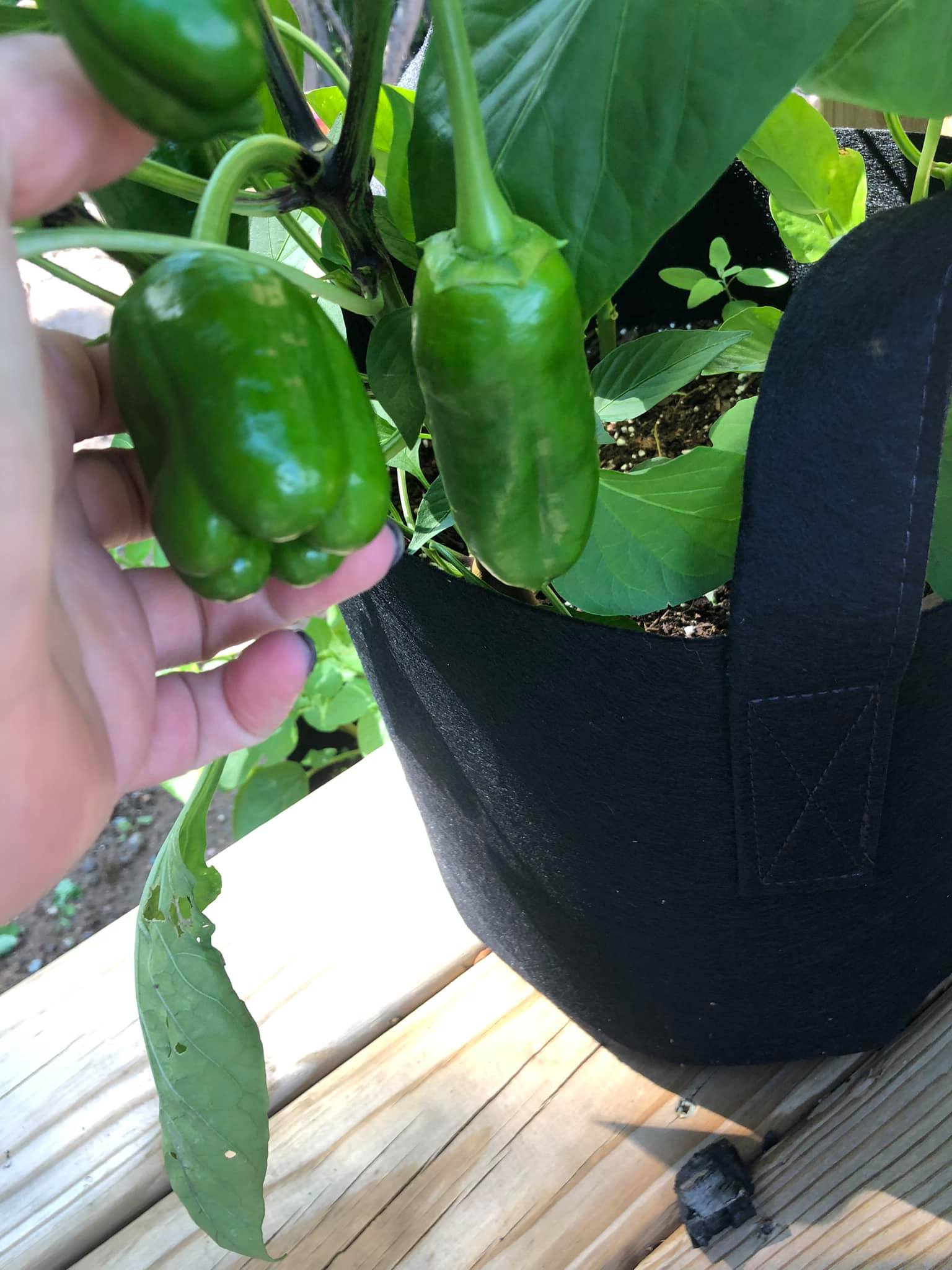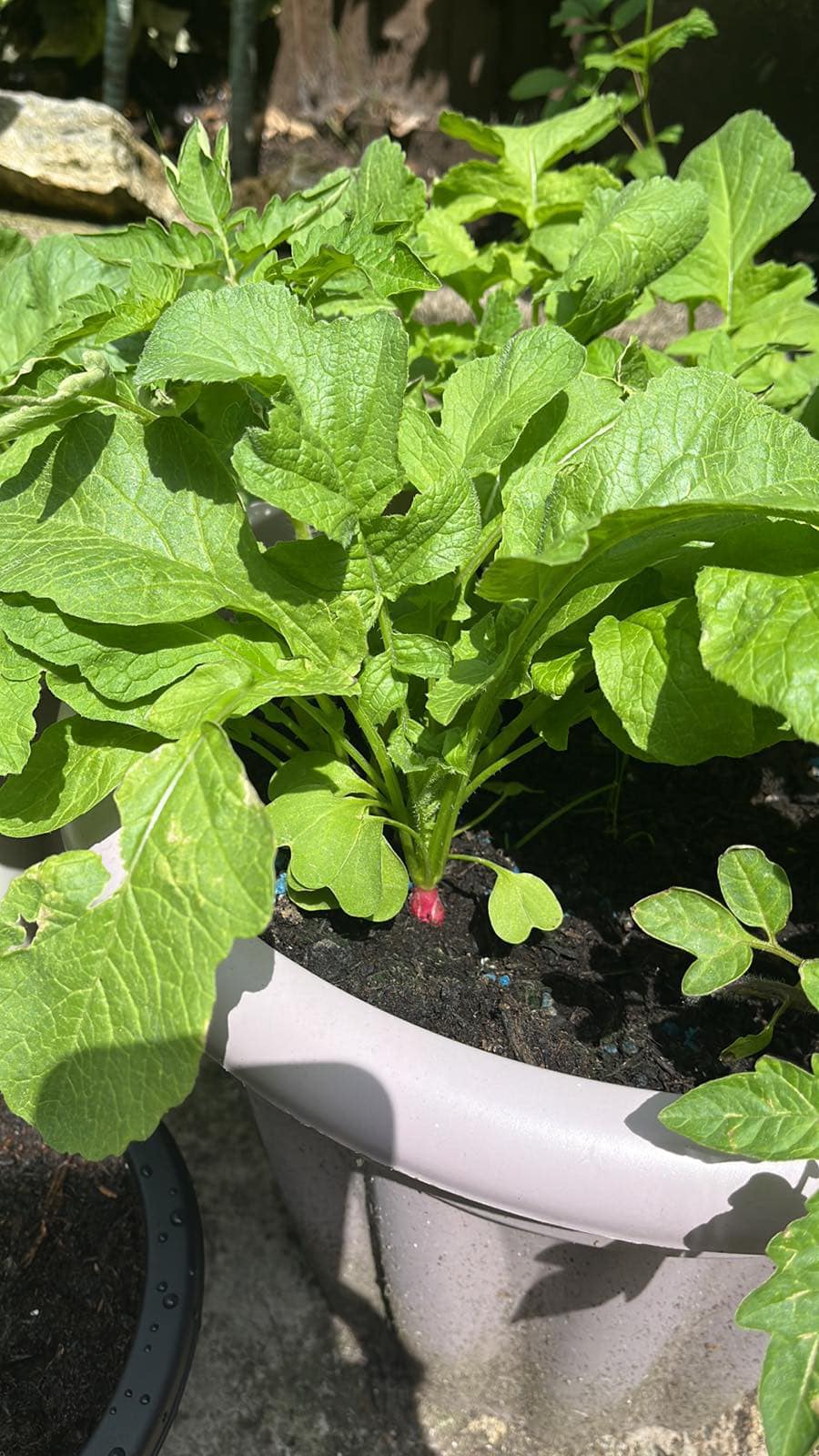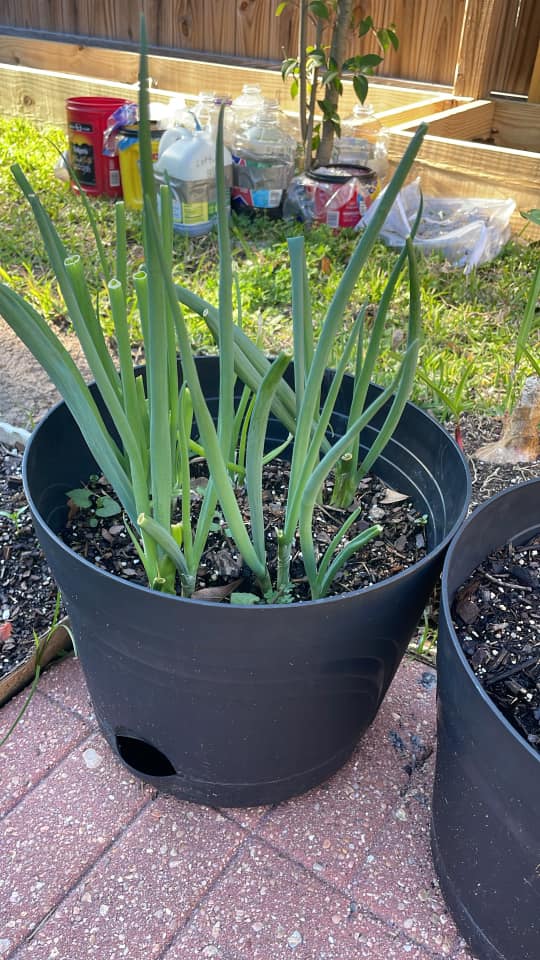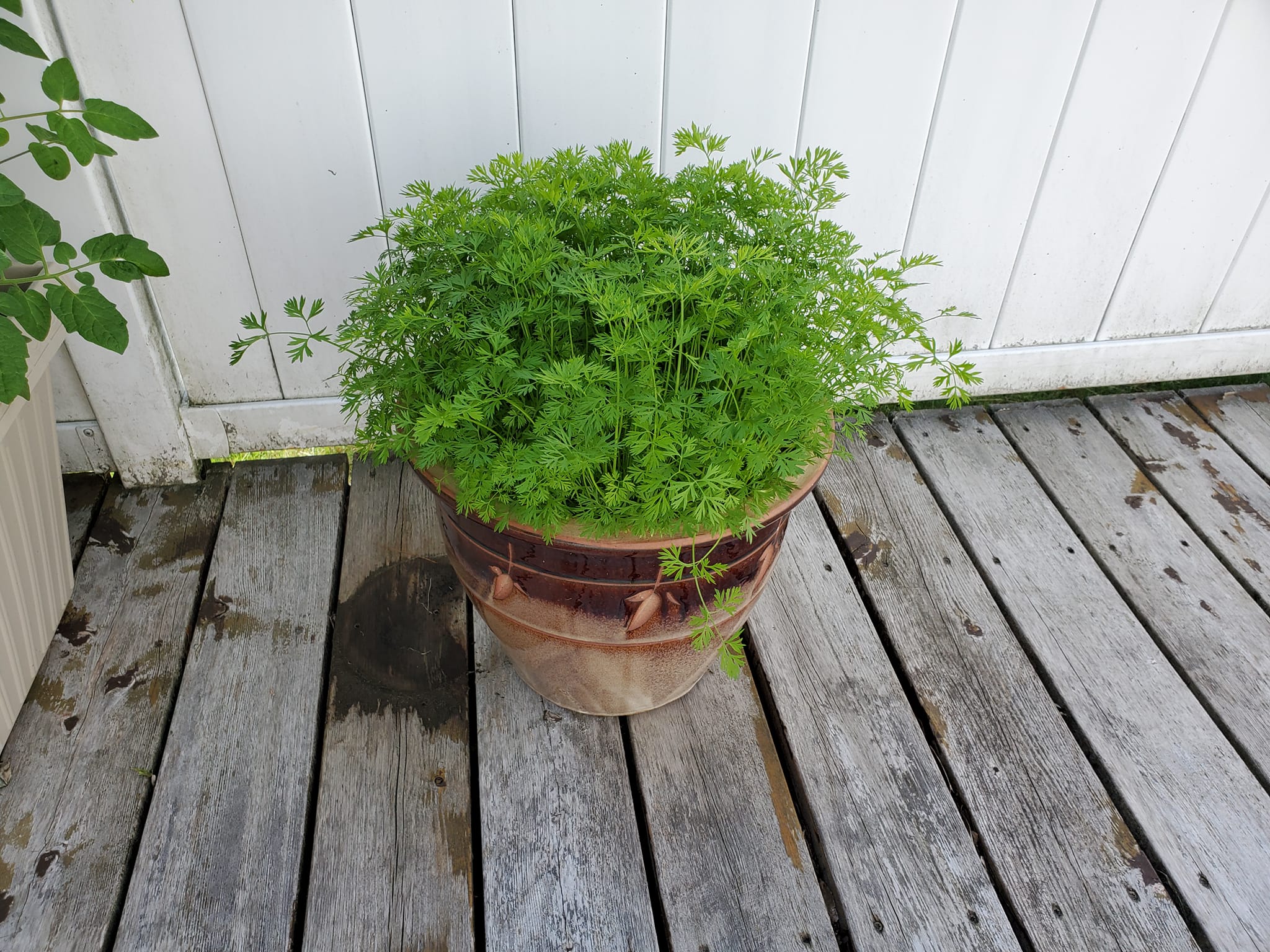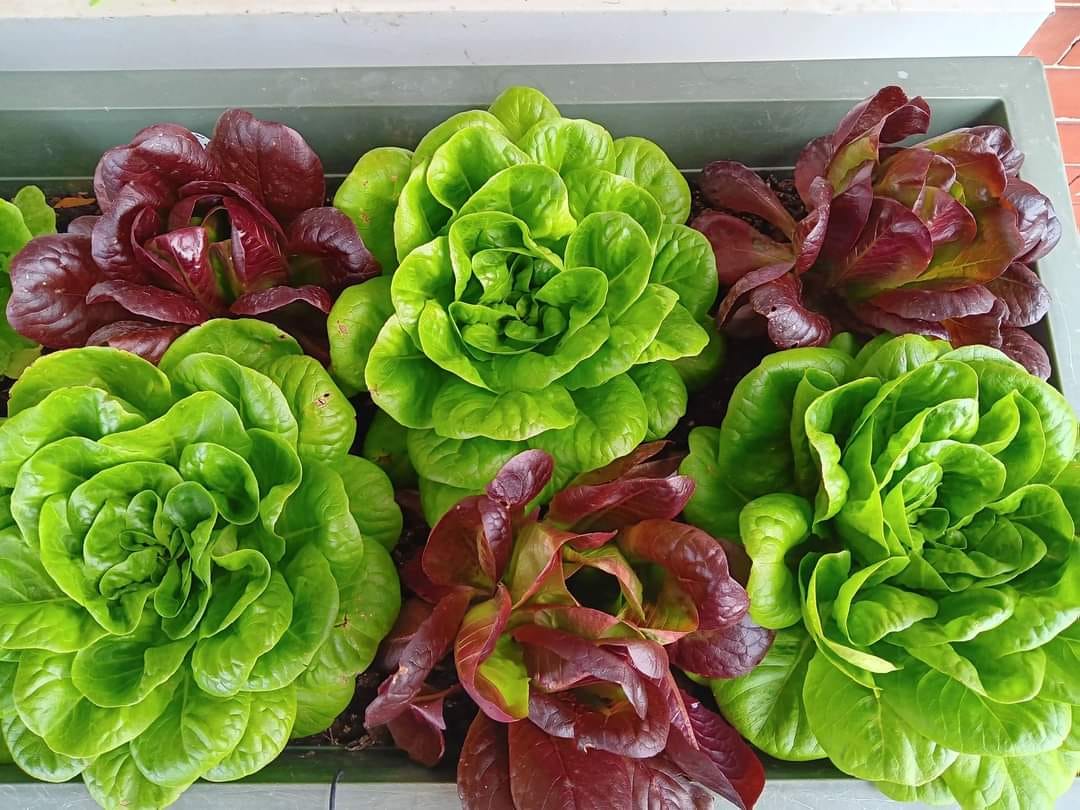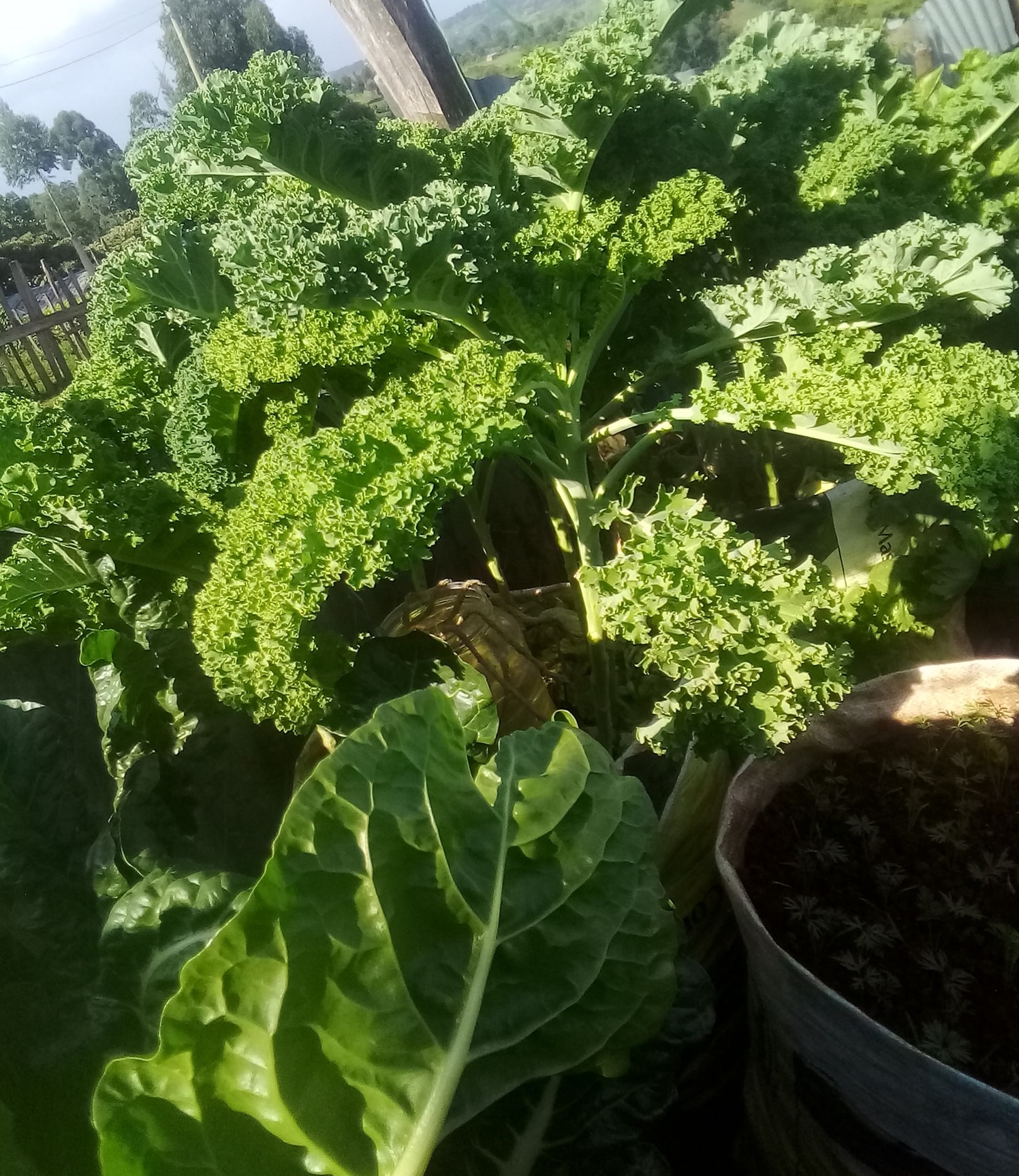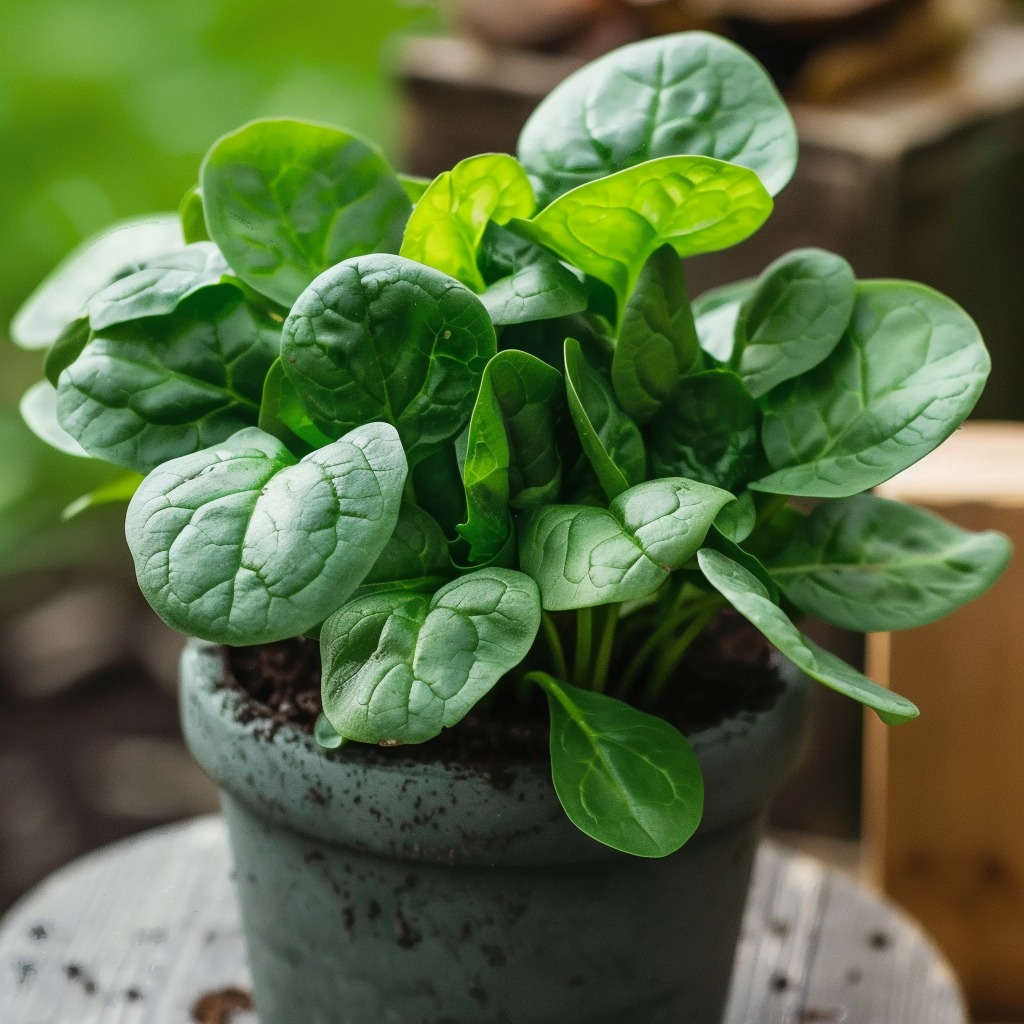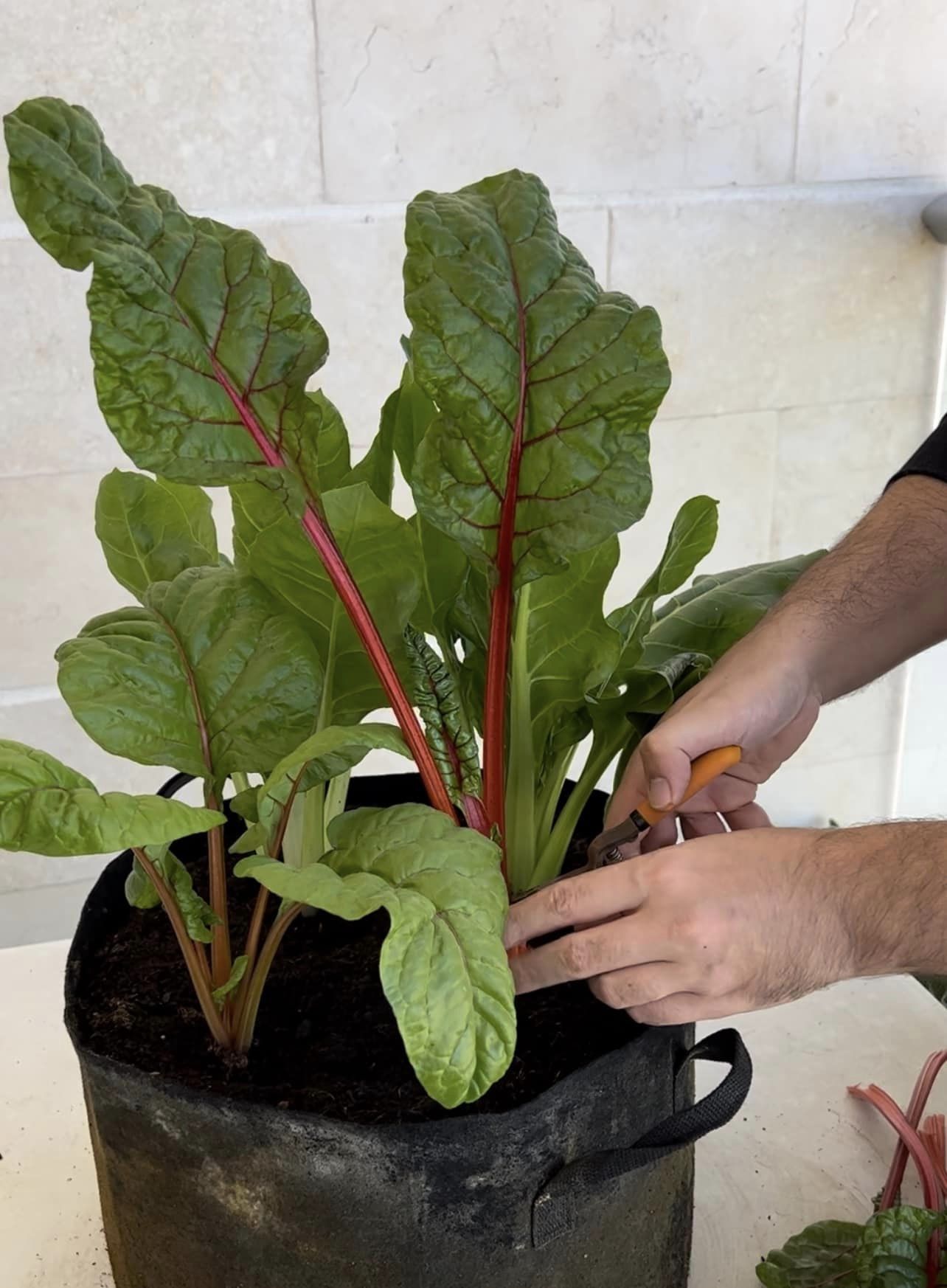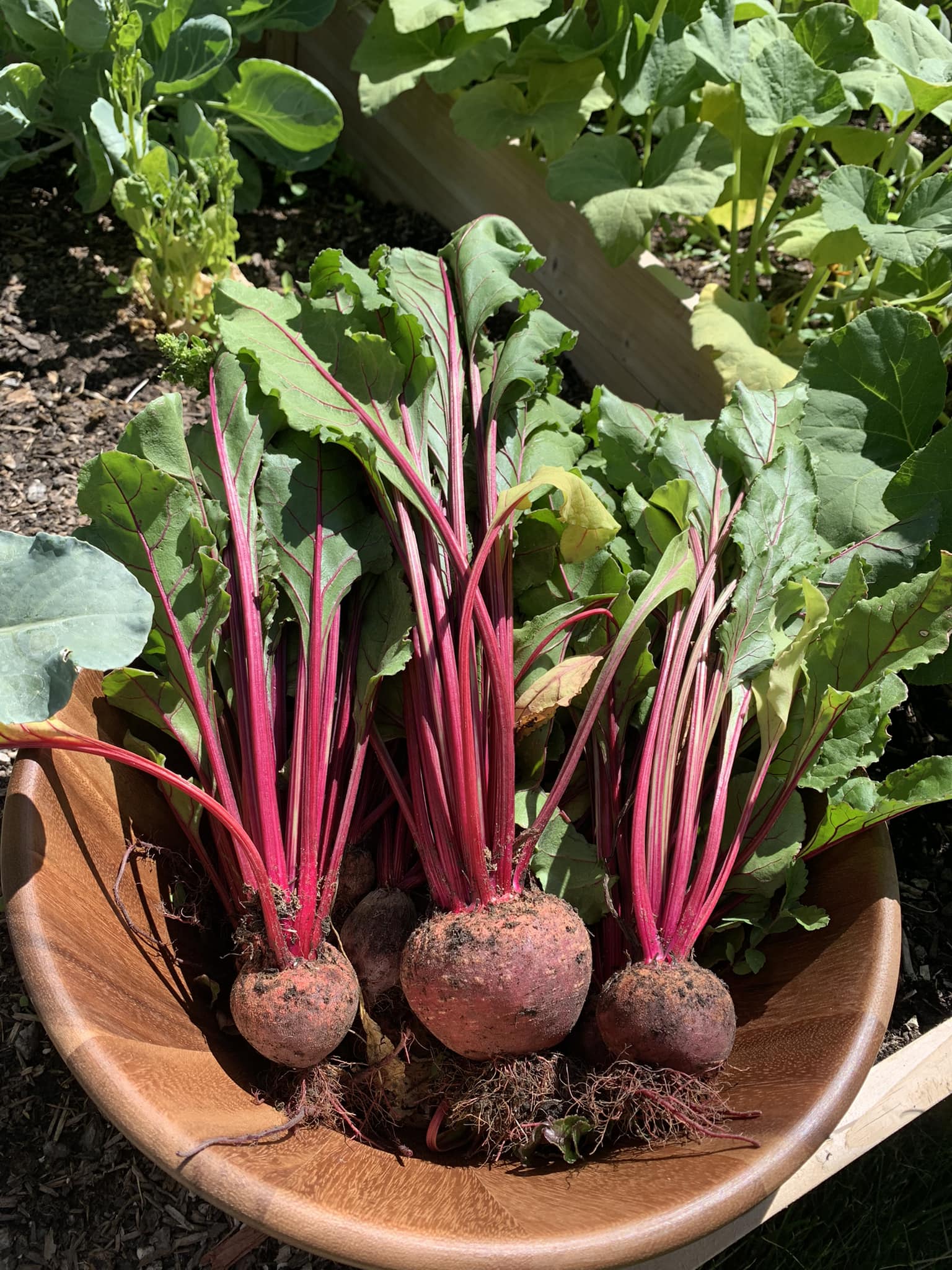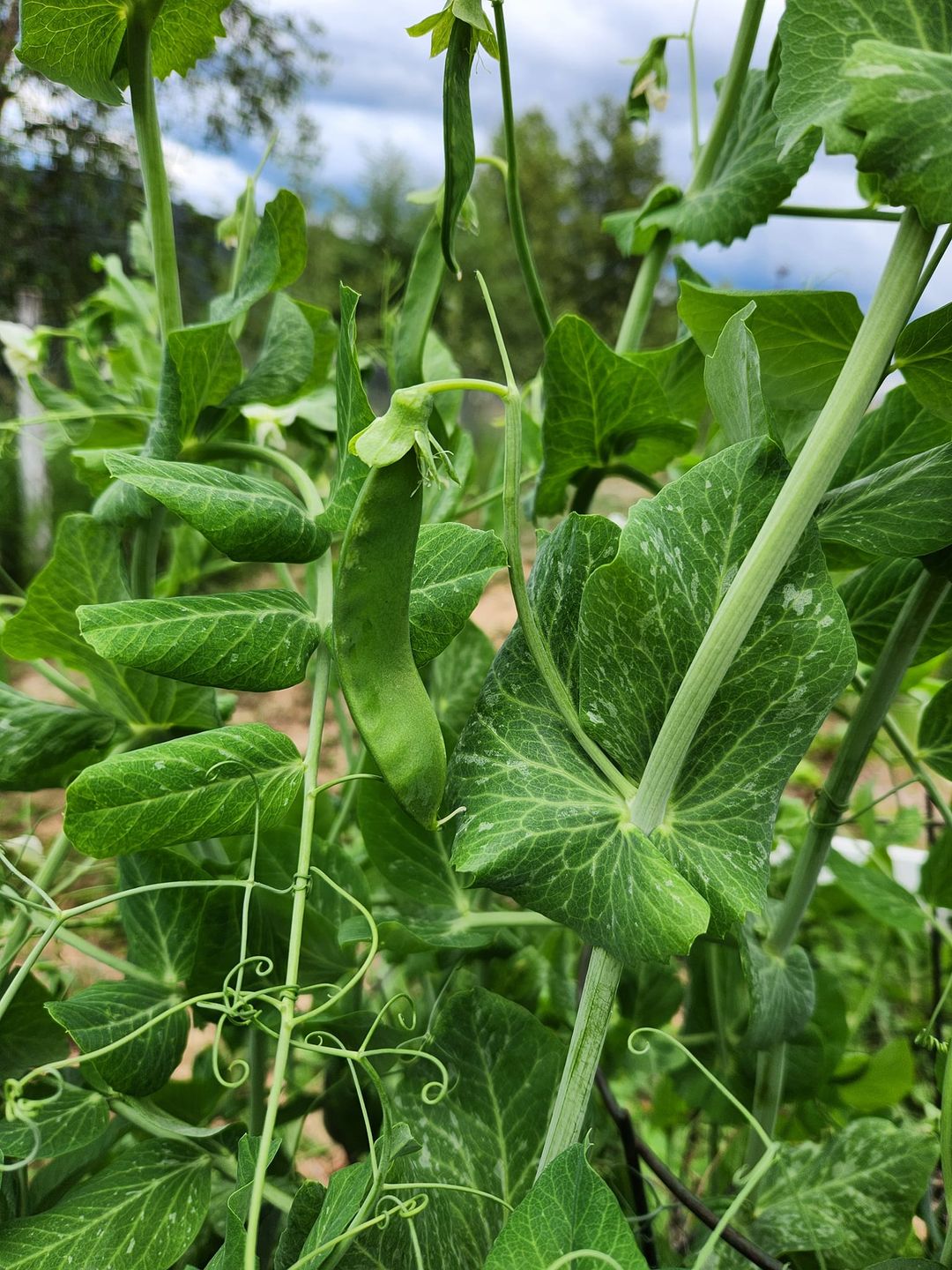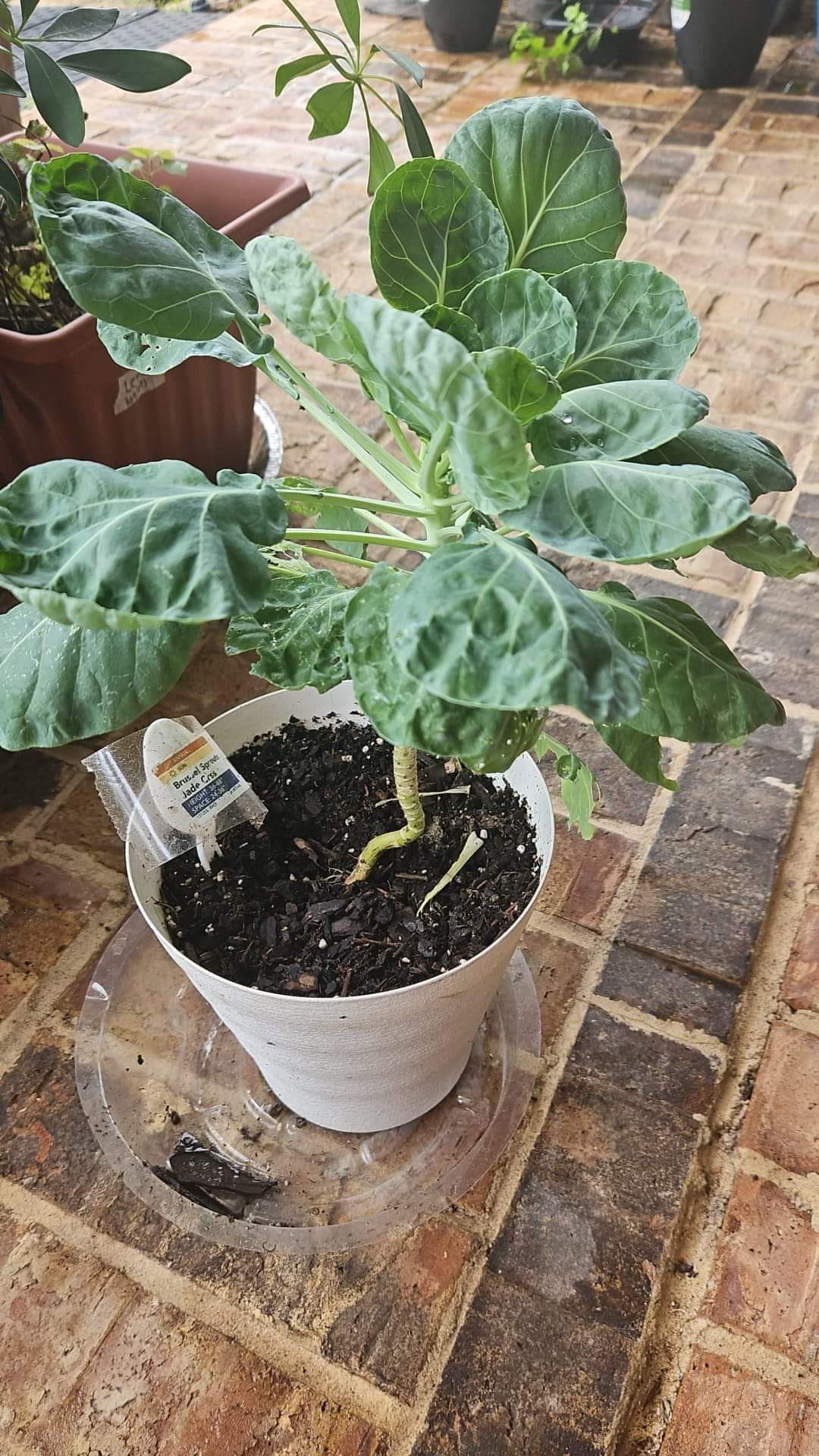Do you dream of a steady supply of homegrown fruits and vegetables but have a small garden or live in an apartment? Do not fret; establish an indoor garden comprising your favorite fruits and vegetables.
You can easily cultivate various fruits and vegetables indoors, ensuring a constant supply of nutritious, fresh delights. Establishing an indoor garden is simpler than expected. There are numerous easy to grow fruits and vegetables that can thrive right on your windowsill or kitchen counter.
Keep reading to discover the 20 fruits and vegetables that easily grow indoors.
20 Easiest Fruits And Vegetables You Can Grow Indoors
Fruits
1. Strawberries
Growing these delectably sweet fruits indoors is surprisingly easy. You can grow them in hanging containers, traditional pots, or window boxes. Strawberries need plenty of sunlight, so position them on sunny windowsills. Grow lights also work.
Strawberry varieties that thrive indoors include:
- Alpine strawberries- Small, sweet, and fragrant
- Day-neutral strawberries- These bear fruit all through the growing season
- Ever-bearing strawberries– Produce fruits in summer and fall
Read More:
2. Citrus
You don’t require an orchard to have fresh, fragrant citrus fruits inside your home. Pick a sunny spot indoors for your potted citrus trees to maximize the amount of natural light they get. Also, consider installing grow lights.
Also, keep the environment warm and water them regularly.
Citrus fruits well-suited to indoor life include:
- Meyer Lemons
- Calamondin Oranges
- Dwarf Limes such as Bearss Lime and Key Lime
- Dwarf Oranges like Trovita or Calamondin
3. Dwarf Bananas
Turn your indoor spaces into a mini tropical jungle with dwarf banana trees that you can easily buy online. Provide 10-12 hours of indirect, bright light daily, consistently moist soil but not soggy, and humidity levels moderate.
Dwarf Cavendish, dwarf Brazillian, dwarf red, and dwarf lady finger are perfect for indoor growth. These varieties won’t grow too tall. The edible fruits will grow in visually appealing clusters before splitting.
4. Mulberries
In the wild, a mulberry bush reaches 10 feet tall, which isn’t conducive to indoor growth. However, pruning will fix this issue, helping you keep the bush smaller and manageable indoors. Place your mulberry bushes in bright locations, ensure adequate humidity, and water them deeply.
Dwarf Everbearing Mulberry is compact, suits container growing, and produces sweet, juicy berries. Pakistan mulberry also grows well indoors.
5. Pineapples
It will take about 18-24 months from planting for your pineapple plants to produce fruits, but your patience will be worth it. When growing pineapples indoors, choose varieties that produce smaller fruits and are well-suited to limited space, such as smooth cayenne, white jade, and sugar loaf.
Cut a crown cleanly from fresh pineapple fruit, allow it to dry for a few days, and plant it in a pot.
6. Figs
Not all fig trees thrive indoors, but varieties such as Petite Negra, Brown Turkey, Chicago Hardy, and Celeste flourish in these environments. Since figs need plenty of sunlight, place them in a sunny spot indoors or use supplemental grow lights if natural light is insufficient.
Grow fig trees in large, sturdy containers to accommodate the root system. Regularly prune your fig trees to stimulate fruit production and retain the trees’ shape.
7. Cucamelons
If you are looking to diversify your indoor fruit garden, cucamelon is a unique choice. These tiny fruits produce prolifically once established, producing fruits that resemble tiny watermelons but taste like cucumber with a hint of tanginess.
Cucamelons to consider for growing indoors include Mexican Miniature and Dwarf Mexican Sour Gherkin. Cucamelons are vigorous climbers, so provide a trellis or support for them.
8. Blueberries
Choose lowbush blueberries like ‘Top Hat’ or ‘Polaris’ for indoor growth, as they are compact and suitable for small spaces. Half-high blueberries (highbush and lowbush blueberries crossbreeds) such as ‘Northblue’ or ‘Northcountry’ are also ideal.
You can keep your blueberry bushes little by pruning them. Harvest berries when they’re fully ripe and plump by gently twisting them.
Vegetables
1. Tomatoes
While technically fruits, tomatoes are often grown as vegetables. Tomatoes need lots of sunlight, so place the plants in a sunny spot or under grow lights, and ensure regular watering to promote fruiting. Also, ensure temperatures don’t drop below 18 °C.
Cherry tomatoes are relatively fuss-free and compact, making them the most popular variety for indoor growing. Other ideal options are determinate tomatoes and hybrid varieties.
2. Peppers
You can grow peppers indoors all year round, provided you expose them to plenty of sunlight and a warm environment. An indoor pepper garden can provide a steady supply of fresh produce for cooking, snacking, and preserving.
Choose compact pepper varieties, such as bell, chili, and sweet peppers. Support pepper plants with stakes or cages and harvest peppers when they reach mature size and color, which typically takes 60-90 days.
3. Radishes
These quick-growing root vegetables grow indoors with ease. Radish plants need loose, well-draining soil, consistent watering, and prefer cool temperatures. Moreover, these vegetables thrive in full sun, but some partial shade is okay, particularly in warm areas.
Choose a variety fit for container gardening, like Cherry Belle, French Breakfast, or Easter Egg, to grow indoors. Make sure your radishes are brightly colored and firm before harvesting them.
4. Scallions (Green Onions)
Growing these low-maintenance vegetables indoors is pretty straightforward. You can either sow scallion seeds thinly and evenly in the soil or regrow scallions from kitchen scraps by placing the root ends in water or directly into the soil.
Scallions that grow best indoors are:
- Green Bunching Scallions- They don’t form bulbs and are thus ideal for continuous harvesting.
- Evergreen Scallions- These hardy varieties have an extended harvest period.
5. Carrots
To successfully grow carrots indoors, pick the right variety and get at least 12-inch deep containers to accommodate carrot roots. Consider rectangular or square containers to maximize space. As for the varieties, baby carrots and short or round carrot varieties, such as ‘Thumbelina’ or ‘Paris Market,’ are ideal.
Thin your carrot seedlings with scissors to provide ample room for growth and avoid disturbing neighboring roots.
6. Lettuce
This popular fast-growing green vegetable requires little space and shallow containers (at least 6-8 inches deep) to flourish indoors. Place lettuce plants in a sunny spot or under grow lights. Moreover, maintain temperatures between 60-70°F.
Space your lettuce seedlings about 4 inches apart to avoid overcrowding. Harvest outer lettuce leaves when you need them or wait until the whole head forms.
Leaf, romaine, and butterhead lettuce varieties do well indoors.
7. Kale
It’s super easy to grow kale indoors because this vegetable is hardy, adaptable, and prefers cool temperatures between 55-75°F. You can grow kale indoors in pots, grow bags, or even large, deep trays. Sow kale seeds or transplants ¼ inch deep into the soil.
When harvesting kale, harvest young leaves about 2-3 inches long or start harvesting outer leaves when they reach about 6-8 inches long.
8. Spinach
Like kale, spinach grows best in cooler temperatures. Grow this nutritious leafy green indoors to enjoy fresh, tender leaves year-round, perfect for salads, smoothies, and cooking. Keep in mind that spinach is heat sensitive, so keep them away from direct sunlight to avoid wilting.
Savoy spinach like ‘Bloomsdale’ and ‘Regiment,’ Flat-Leaf Spinach like ‘Space’ and ‘Red Cardinal,’ and Semi-savoy spinach like ‘Tyee’ and ‘Catalina’ do well inside.
9. Swiss Chard
This versatile vegetable, which is in various colors and sizes, is beautiful and nutritious. When choosing Swiss chard for your indoor garden, consider Bright Lights, Fordhook Giant, or Ruby Red. Start harvesting the Swiss chards’ outer leaves when they are about 6-8 inches long for cooked dishes and salads.
10. Beets
You shouldn’t have trouble getting sufficient produce from growing beets indoors since this vegetable grows well in any condition. However, beets prefer to grow undisturbed, so find a wide and deep container to accommodate the roots and avoid transferring the plants.
Expect to harvest beets in about 50 to 70 days. In addition to the roots, you can harvest the nutritious leaves as they grow.
11. Peas
It may not look like it, but peas grow easily and thrive indoors. However, due to space constraints, look for dwarf or bush pea varieties suitable for container gardening. These types don’t need much vertical space and flourish in pots.
Peas have deep roots, so use a large pot with good drainage. Your pea plants will need support as they grow. Therefore, set up a trellis, pea fence, or stakes.
12. Sprouts
Growing sprouts indoors is a breeze because they don’t require soil or sunlight. Select seeds specifically labeled for sprouting, such as alfalfa, radish, lentils, or mung bean seeds. Use clean, sanitized, wide-mouthed glass jars, trays, or specialized sprouting containers.
During germination, keep your sprouting seeds in a warm spot, not exposed to direct sunlight. Once sprouts begin to grow, move them to indirect sunlight for greening.
Conclusion
Don’t let the lack or insufficiency of space outdoors deprive you of the joys of growing your own vegetables and fruits. Grow them indoors, starting with easy-to-grow options like the ones above, especially if you are a beginner, and as you gain confidence, try your hand at more challenging plants.

Hey there, fellow plant enthusiasts! I’m Rachel, the green-thumbed writer behind Rooted In Garden. With a deep-rooted love for all things botanical, I’ve made it my mission to help you cultivate a thriving collection of houseplants. As a devoted plant parent myself, I understand the joys and challenges that come with nurturing these leafy wonders. Whether you’re a succulent aficionado, an orchid enthusiast, or simply adore all potted flora, join me on this journey as we explore the secrets to growing and caring for our beloved green companions. Together, let’s create a flourishing oasis indoors.

